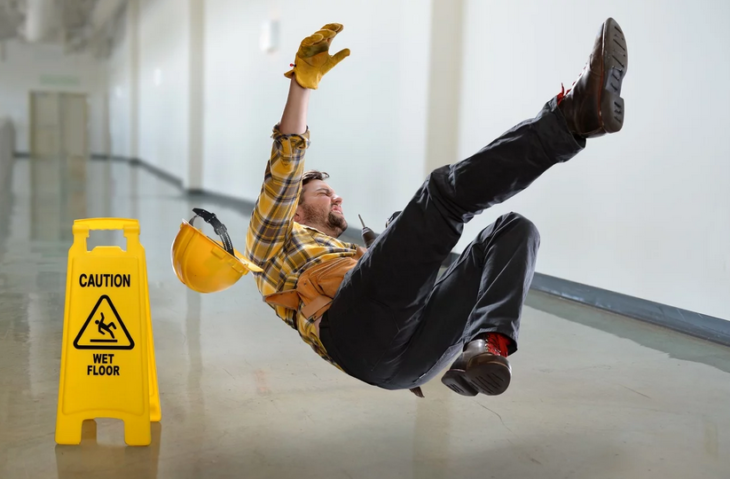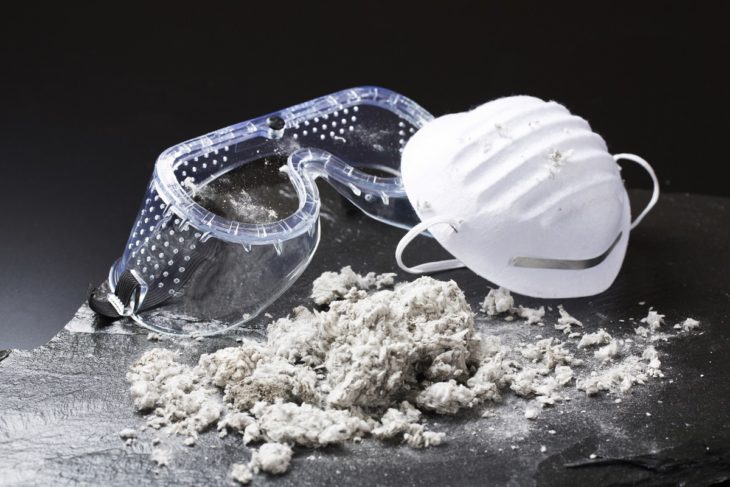There are hazards in every workplace, but some are more dangerous than others. It’s important to be aware of and understand these hazards so that you can take steps to avoid them or minimize the damage.
These common work hazards may be doing more harm to your health than you realize.
Contents
Safety Hazards

Source: Injured Workers Pharmacy
Safety hazards refer to unsafe work conditions that may cause illness, injury and death. These are the most common types of workplace hazards, and they include:
- Electrical hazards, such as missing ground pins, frayed cords, and faulty electrical equipment, read more on assettestandtag.com.au
- Anything that can cause trips or spills.
- Unguarded machinery and exposed moving mechanical parts that can be touched by workers.
- Anything that can cause falls, including scaffolds, ladders, roofs and other raised work areas.
Sitting All Day

Source: Virtual Vocations
About 86% of Americans sit all day at work. Sitting has become a serious work hazard. It can lead to aches and pains as well as a greater risk of obesity, muscular-skeletal disorders, cancer, heart disease, diabetes and more. These risks are still there even if you exercise regularly.
It’s recommended that you change positions every eight minutes and get up to move around at least twice an hour.
Extensive use of Photocopiers and Printers

Source: Business News Daily
Over-exposure to photocopiers and printers can lead to lung disease. In fact, photocopiers can be a source of harmful ozone if the filter isn’t changed regularly. Even very small amounts can cause chest irritation and pain.
Laser printers can also be hazardous. They release toner particles into the air, which can get into your lungs and bloodstream. This can lead to lung disease and other respiratory illnesses.
Long Work Hours

Source: Future Your Work
Putting in extra hours at the office may put you at greater risk of heart disease. European researchers have found that people who work 10 hours or more each day have a 60% greater risk of cardiovascular problems, including angina and heart attack.
Asbestos Exposure

Source: Richardson, Patrick, Westbrook & Brickman, LLC
Asbestos exposure is linked to multiple negative health effects, including mesothelioma. According to Vogelzang Law, asbestos exposure most commonly occurs in the workplace, as it is most often used in industrial applications.
Asbestos can be found in insulation, brake pads, floor tile, concrete, shingles and sheet metal.
Exposure is particularly risky during repairs, construction or demolition projects, which can disturb asbestos dust. OSHA has set minimum requirements for air quality to protect workers and individuals who work near asbestos.
Working Odd Hours

Source: Men’s Health India
Those who work evenings are at a greater risk of developing cancer, type 2 diabetes and heart disease.
According to Harvard researchers, people who wake up later in the day had lower levels of leptin, a hormone that’s responsible for regulating appetite, and higher levels of the stress hormone cortisol.
Lack of Sunlight

Source: News 1130
Artificial light interferes with your internal clock, making you feel fatigued and promoting a sedentary lifestyle.
According to a study in the Journal of Clinical Sleep Medicine, employees who weren’t exposed to natural light slept 46 minutes less at night, on average, than their peers who received natural light through windows. The sleep they did receive was less restful.
